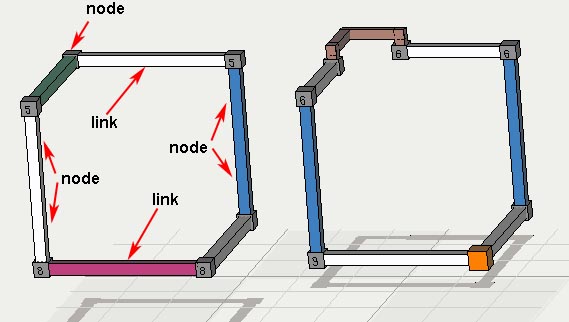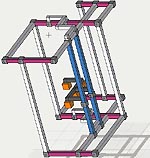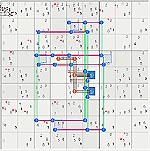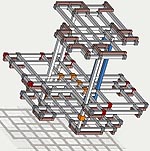David P Bird wrote:As an AIC puritan I consider a node to be a Boolean condition that can either be true or false which can be linked by inferences (but I'll accept edges).
This is somehow funny. This is not the way I started, but this is exactly the final definition of a "tag".
For Allan, "tagging" is clearly belonging to the coloring family. I wanted a specific word for the same reasons some wanted "strong inference" instead of "strong lnk". The word coloring had been extensively used for as different tolls as "forcing chains" , AICs ....
I looked for a specific word and came to "tag" which was short and not to far from the coloring underlying concept.
at that time a "tag" could be
. a candidate
. a group of candidates belonging to two "units", "sets".
I think I would have been better inspired choosing a specific word instead of "group" which is, in a wider scope, any set of candidates among which one at most is valid. In fact I am only interested by tagged groups, so I can manage it.
In Allan process, I have been in trouble for sure due the the confusion on "node", but the use of "set" for any of {row;column;box,cell/Node} makes it a forbidden usefull word for discussions.
Nothing really important, and likely to late to change anyway.
champagne





